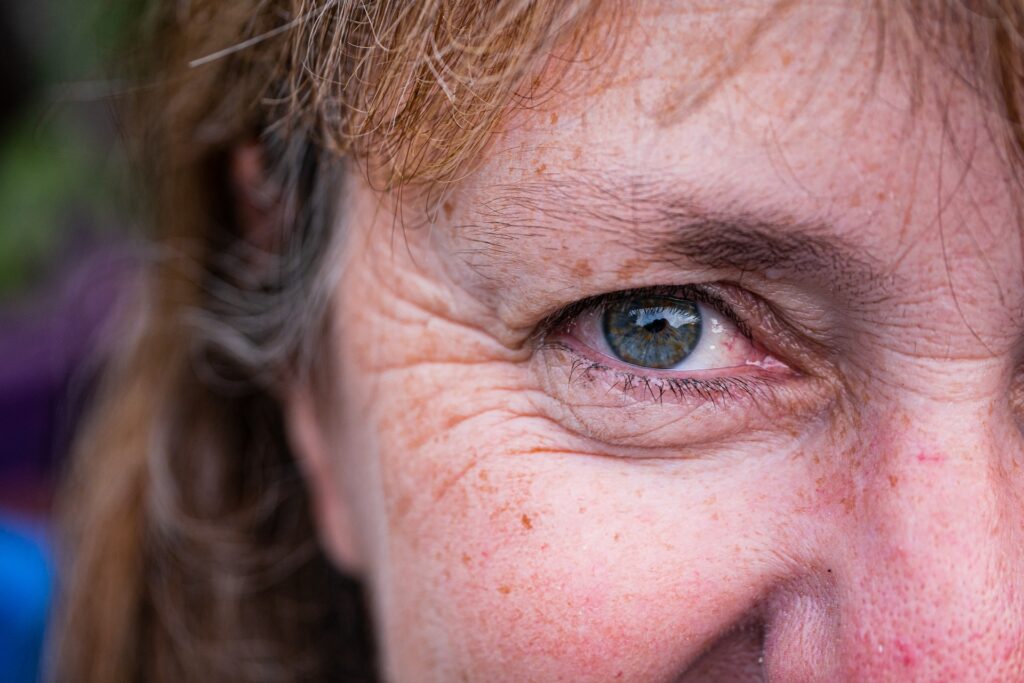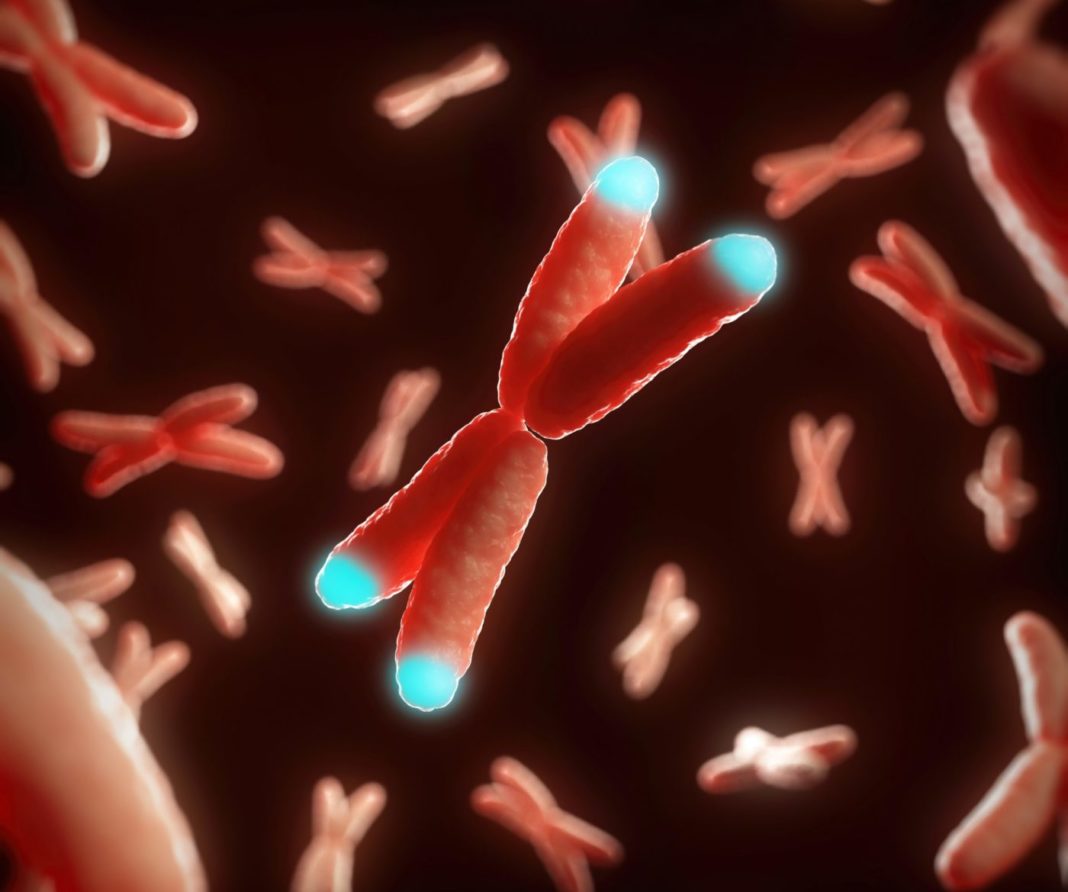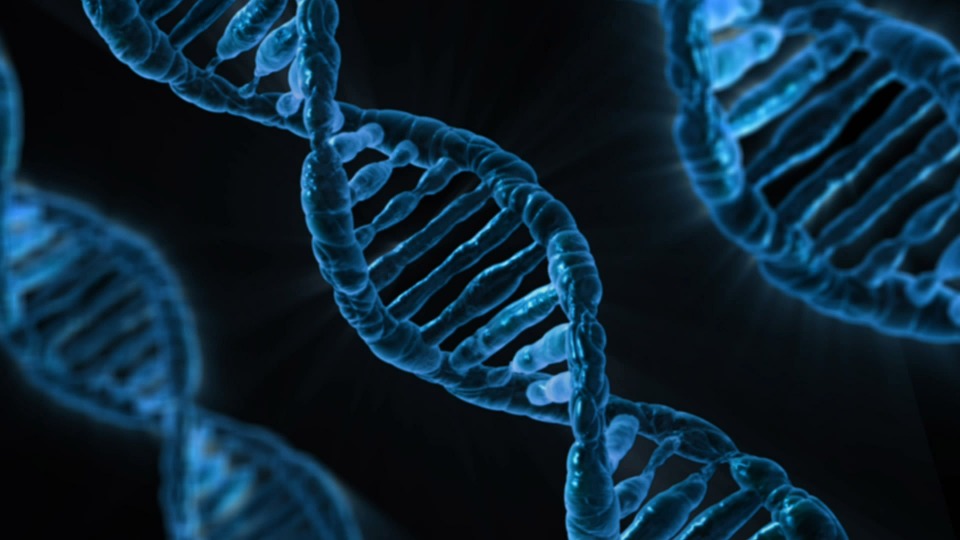Is NAD+ A Secret Key To Younger Skin?
Science • September 16, 2022 • 8min read

Highlights
- Although skin regenerates with new cells replacing the old ones, with age it loses its strength due to DNA damage, toxins accumulation, and increased loss of cellular function
- Chronological aging, as well as chronic oxidative stress, are the main factors that cause NAD+ to decrease in our bodies
- Increasing NAD+ in the body can be one of the strategies for fighting aging from its core
- When NAD+ levels are elevated, Sirtuins become highly activated and help to slow down the aging process by controlling inflammation and DNA damage
- There are a few ways that NAD+ levels could be increased in our bodies. It includes NMN skincare products, NMN foods, or NMN supplementation
NAD+ Skin Care: Key Things To Know
How many times have you looked in the mirror wishing to reverse the signs of aging on your skin? The majority would agree that no matter how old we are, we would like to keep our bodies young for as long as possible. With recent research discoveries and improvements in slow aging, it might become a reality.
One of those discoveries is Nicotinamide Adenine Dinucleotide (NAD+), a substance that is found in all living forms and is critical for healthy survival. But the question is if the increase of NAD+ in our bodies can help our skin stay younger for longer.
Here are key things to know about NAD+ relevance for skin care:
- NAD+ may effectively improve overall cellular regeneration
- May protect skin from UV rays by decreasing skin sensitivity
- High NAD+ levels may help to decrease oxidative stress
- NAD+ may help maintain cellular metabolism regulation
- May improve inflammation regulation
How Aging Impacts Skin
With age, our skin starts to get thinner and lose fat, plumpiness, and smoothness. Moreover, veins and bones become more visible and scratches or other skin damage take a longer time to heal. How do different aspects of aging start to appear? What are the main reasons for it?
Wrinkles: As we get older, our skin becomes less elastic and more fragile. One of the reasons is the lack of natural oils that make our skin plump and hydrated. Fat in the deeper layers of the skin starts to diminish, as a result making skin looser, and more pronounced lines become visible.
Another reason for wrinkles when we age is sun exposure or UV light. UV light speeds the natural aging process making early wrinkles on your skin appear. It reaches collagen and elastin fibers in a deeper layer of the skin and this way provokes the loss of skin strength and flexibility.
Skin layers: With years the outer skin layer epidermis becomes thinner and the number of pigment cells (melanocytes) starts to decrease. The remaining melanocytes increase in size, as a result, the skin is looking thinner, paler, and more translucent.
Moreover, pigmented spots appear in sun-exposed areas. The change in connective tissue also has an effect on the skin’s strength and elasticity which is also more noticeable in the areas where the sun exposure was stronger. The blood vessels of the dermis become more fragile leading to more noticeable bruises and longer healing processes.
NAD+ And Its Relevance To The Skin
One of the most visible signs of aging first appears on the largest organ of our bodies- our skin. Although skin regenerates with new cells replacing the old ones, with age it loses its strength due to DNA damage, toxins accumulation, and increased loss of cellular function.

Increasing NAD+ in the body can be one of the strategies for fighting aging from its core. NAD+ is a coenzyme that is very important in life and cellular activities. It is needed for the body’s usual functions and even survival. NAD+ in our bodies has two main responsibilities: to convert nutrients into energy during metabolism and act as a helper molecule for proteins that govern other cellular activities.
Sirtuins are NAD+ dependent genes that are responsible for regulating metabolic pathways and are involved in numerous other biological processes such as cell survival, DNA repair, cell metabolism, and caloric restriction. When NAD+ levels are elevated, Sirtuins become highly activated and help to slow down the aging process by controlling inflammation and DNA damage. In addition, the increase of NAD+ may improve overall cellular regeneration and metabolism.
How To Take Care Of Your Skin By Boosting NAD+?
There are two main ways to start increasing your NAD+ for healthier skin. They include NAD+ skin products such as serums or creams and oral administration of NMN supplements and foods. However, using either one of these methods merely depends on an individual’s preference.
NAD+ Benefits For Skin
By starting to increase NAD+ levels in your body, here are a few of the many benefits that will come alongside:
Protection from Sun exposure and UV rays: Sun exposure has one of the most harmful effects on our skin and healthy aging. Sunscreen is one of the ways to protect our skin, however, there is more that can be done to avoid major skin damage.
NAD+ may help to shield the skin by making it less sensitive and this way protects it from UV rays. In addition, NAD+ may repair the damage caused by UV light by improving cell metabolism in skin cells.
Better skin elasticity: NAD+ is one of the main keys to maintaining healthy mitochondria. NAD+ boosts mitochondria function and repairs damaged skin cells. Those also include the cells that are responsible for forming elasticity in the skin. It also provides other healthy skin benefits such as wrinkle reduction and collagen production.
Rejuvenation of your skin: Chronological aging, as well as chronic oxidative stress, are the main factors that cause NAD+ to decrease in our bodies, as a result affecting our skin condition. We cannot rule out the CD38 protein, which is one of the main NAD-depleting proteins. Increased CD38 protein activity is associated with chronic inflammation and aging processes.
NAD+ regulates and gives feedback on cellular metabolism regulation, maintenance of mitochondrial efficiency, and circadian rhythms. Moreover, NAD+ lengthens telomeres and reduces the damage that was caused by free radicals making your skin more rejuvenated. Increasing NAD+ levels in your body may restore optimal skin cell function and improve the condition of the skin such as skin tone or texture.
Products For Increasing NAD+ For Skin Care
There are a few ways that NAD+ levels could be increased in our bodies. It includes NMN skincare products, NMN foods, or NMN supplementation.
NMN (nicotinamide mononucleotide) is one of the NAD+ precursors which converts into NAD through different chemical processes. It is considered one of the main components that may increase NAD+ levels.
NAD+ skincare: These cosmetic products are created to apply directly to the skin. Serums are created to deliver a high concentration of ingredients into the dermal layer. Depending on the product, serums may be suitable for normal, dry, oily, or combination skin types. Alongside NMN, serums tend to have more ingredients that would be beneficial for skin and slow aging processes.
NMN foods: There is no secret that our health mainly depends on the lifestyle and food that we consume every day. Some foods are rich in vitamins and natural sources of NMN that can be found in any local shop. NMN foods could include around 1mg or more NMN in every 100g of the product. These foods are broccoli, cabbage, tomatoes, avocado, edamame, cucumber, mushrooms, shrimp, and beef.

NMN supplements: This method for increasing NAD+ levels might be one of the most effective as it can be easily adapted to everyday routines. Although NMN longevity supplements are becoming very popular in the industry, a liposomal form of NMN would be recommended as it ensures better bioavailability and effectiveness.
A recently conducted case study has shown that after 30 days of liposomal NMN consumption NAD+ levels have increased by 5.56%. In addition, Sirtuin family gene expression on average has increased from 3.22% to 30.80%, and FOXO3 on average has grown by 11.77%.
Conclusion
The effects of unhealthy aging may often reflect on our skin. Underlying processes may cause accelerated skin aging making a person look older than their age. This is why it is important to take care of our body as a whole from the inside out.
Thanks to science, we can gain knowledge about NAD+ and how it takes a significant part in the aging process. It is responsible for many processes such as cellular regeneration, protection from UV rays and sun damage, the decrease of oxidative stress, cellular metabolism regulation, and inflammation regulation. Using the most suitable method for increasing NAD+ levels and taking care of our aging skin will get the results of better skin elasticity, protection, and rejuvenation.



